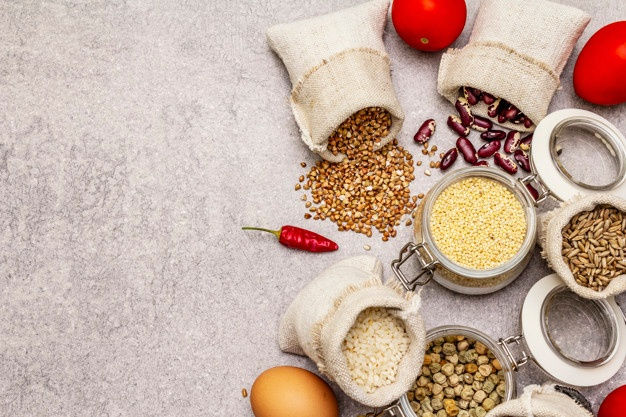Do Your Gut a Favor!
- Dana Eshelman

- May 16, 2022
- 2 min read
Updated: Jan 9
Dana Eshelman, MS, RDN, CSSD
Did you know that 90% of Americans are not hitting the recommended dietary fiber intake according to the 2020- 2025 Dietary Guidelines for Americans. But, not to worry! We are going to discuss what dietary fiber is, the health benefits of fiber, how to increase it, and provide some snack options!

Tell Me About It
Dietary fibers are the non-digestible carbohydrates that are found in plant foods. There are two different types of fiber: soluble fiber and insoluble. Both are important for gut health + digestion, immunity, blood sugar control, weight management + body composition and cholesterol.
Soluble fiber draws water into stool to allow for ease of passing and can help lower blood sugar and cholesterol levels. Some examples of this type of fiber include apples, peas, citrus fruits, psyllium, bananas, barley, oats, and beans.
Insoluble fiber increases bulk and speeds up the transit of food in the gut and prevents constipation. Some examples of this include whole grains, wheat bran, veggies, and legumes.
Dietary fiber also acts as food (aka prebiotics) that feed the good bacteria (probiotics) that make up your gut microbiome. The gut microbiome has been proven over the years to be a critical player in immunity, mood, and energy production. The more variety of fibers you include in your nutrition, the more diversified your gut bacteria will be which is associated with positive health outcomes.
Increase Dietary Fiber Intake
The recommended dietary intake for fiber is 25 grams per day for women and 38 grams per day for men. This may vary based on your individual needs.
Here are some ways to increase your fiber today:
Choose whole grains
oatmeal, brown rice, amaranth, millet, barley, buckwheat, bulgar wheat, farro, quinoa, wheat berries
Include ½ your plate as fruit or veggies at meals and eat them first
Snack on fruits with skin
Try chia, flax, sesame or hemp seeds to top oatmeal, salads, and/or shakes
Eat whole fruits and veggies rather than juices
Use avocado as a healthy fat
Snack on nuts and seeds
Bake with high fiber flours (whole wheat pastry flour, coconut, or nut flours)
Choose berries as a topping to yogurt, cottage cheese, salads, oatmeal and smoothies
Include legumes (beans, dried peas, and lentils)
Hummus and bean dips for crackers, sandwiches/wraps, and veggies
Mashed or whole beans to ground beef/ turkey dishes
Top salads with cooked beans/lentils
Leave the peel on apples, cucumber, potatoes, etc
Check labels. Choose options with fiber >2.5 grams per serving for a good source or >5 grams per serving for excellent source
Excellent Fiber Snacks (5+ grams of fiber):
1 c greek yogurt + 1 T ground flaxseed + ½ c blueberries
⅓ c dry roasted edamame + ½ c cottage cheese
1 serving whole grain crackers + 3 T hummus + 1 c veggie sticks
⅓ c steel cut oats + 2 T hemp seeds + ½ c berries
2 eggs + ½ c black beans + 1 tsp olive oil + sautéed veggies (kale, mushroom, onion)

Comments